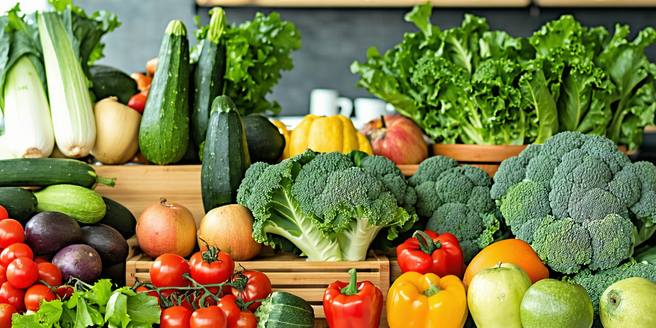Eligibility Requirements for SNAP and WIC
SNAP, or the Supplemental Nutrition Assistance Program, primarily aids low-income individuals and families, with eligibility hinging on various factors like household size, income, and expenses. Conversely, WIC, the Special Supplemental Nutrition Program for Women, Infants, and Children, targets specific groups: low-income pregnant, postpartum, and breastfeeding women, and children up to age five at nutritional risk. While both programs consider income, WIC requires participants to meet nutritional risk criteria assessed by health professionals, whereas SNAP focuses more broadly on financial need. Additionally, SNAP is open to a wider demographic, while WIC has clear parameters revolving around women and young children. These distinctions ensure that both programs effectively serve their intended populations, addressing both broad and specific nutritional needs within communities.
Application Process: SNAP vs WIC
The application processes for SNAP and WIC reflect their distinct objectives and target populations. SNAP applications can typically be completed online, by mail, or in person at local offices, requiring applicants to provide documentation of income, expenses, and household size. The process is straightforward, designed to promptly assess financial eligibility to enhance accessibility for potential beneficiaries. In contrast, WIC applications necessitate in-person visits to local WIC clinics, where applicants must present income documentation and undergo a nutritional risk assessment. This in-person requirement ensures that health professionals can directly evaluate and tailor support to the specific needs of women and young children. Despite these differences, both application processes strive to minimize barriers to access, aiming to connect eligible individuals with nutritional support efficiently and effectively.
Types of Assistance Provided by SNAP and WIC
SNAP and WIC offer distinct types of assistance tailored to their target populations’ needs. SNAP primarily provides financial assistance to purchase groceries, enabling recipients to buy food items at retail stores using an Electronic Benefit Transfer (EBT) card. This flexible approach allows beneficiaries to choose from a broad range of food options, promoting autonomy in making dietary choices. In contrast, WIC’s assistance focuses on providing specific nutrient-rich foods to support the health of pregnant women, new mothers, and young children. Recipients receive vouchers or EBT cards to acquire designated foods like milk, cereal, fruits, and vegetables that meet nutritional guidelines. Additionally, WIC offers nutrition education, breastfeeding support, and referrals to healthcare services, emphasizing a holistic approach to improving family health beyond just supplemental nutrition.
Comparing Nutritional Benefits of SNAP and WIC
SNAP and WIC both aim to enhance nutritional outcomes, albeit through different mechanisms. SNAP provides beneficiaries with a monetary allowance to purchase a wide range of grocery items, empowering recipients to choose foods they prefer, aligning with their cultural and personal preferences. This flexibility, however, relies on individuals making wise nutritional choices within the given budget. On the other hand, WIC specifically supplies nutritional support tailored to vulnerable groups, offering predetermined, nutrient-rich food packages that ensure essential dietary needs are met, particularly for developing children and nursing mothers. The structured nature of WIC’s food packages addresses specific dietary deficiencies, fostering improved health outcomes. Together, these programs illustrate comprehensive approaches to public nutrition strategies, addressing both economic access and focused nutritional support to meet the needs of different population segments.
Participating Retailers: Where Can Benefits Be Used?
Understanding where benefits from SNAP and WIC can be used is crucial for effective program utilization. SNAP benefits are widely accepted at most grocery retailers, including major supermarket chains, local grocery stores, and farmer’s markets. This broad acceptance facilitates easy access to food purchases, aligning with SNAP’s goal to ensure nutritional security for low-income families. In contrast, WIC benefits are more restricted, typically usable at specific authorized retailers that stock WIC-approved foods. These stores are selected based on their adherence to the nutritional guidelines stipulated by WIC, ensuring that beneficiaries have access to quality, nutritious food items. While SNAP and WIC differ in terms of participating stores, both programs aim to simplify access to essential foods, fostering improved dietary outcomes for their participants through strategic partnerships with retailers.



